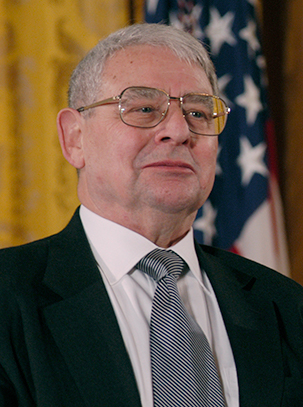Courtesy of NASA.gov
 Riccardo Giacconi (Credit: R.K. Morris)
Riccardo Giacconi (Credit: R.K. Morris)NASA is saddened to note the passing of Riccardo Giacconi, who had a long and illustrious career with the agency.
“Riccardo set the standard for the way that NASA astrophysics is done, by involving the entire astronomy community in space missions via robust Guest Observer programs. We continue to benefit from his foresight,” said Paul Hertz, Director of Astrophysics at NASA.
Giacconi’s early sounding rocket work opened the field of X-ray astronomy, in which NASA continues to be a world leader. He led the sounding rocket experiment that discovered the first two non-solar cosmic X-ray sources: the X-ray background and the neutron star Scorpius X-1. This breakthrough led Giacconi to propose to NASA the Small Astronomy Satellite-A or SAS-A, renamed “Uhuru” at launch. The satellite produced the first catalog of cosmic X-ray sources.
He went on to develop the first focusing X-ray telescope, the Einstein Observatory, and then to write the proposal for NASA's Chandra X-ray Observatory. Chandra continues to operate today, and is the most sensitive X-ray observatory ever developed.
NASA was delighted when Giacconi won the Nobel Prize in Physics in 2002 “for pioneering contributions to astrophysics, which have led to the discovery of cosmic X-ray sources.”
Giacconi was also the first permanent director of the Space Telescope Science Institute (STScI) in Baltimore, Maryland. Under his leadership from 1981 to 1993, STScI developed the expertise and capabilities to direct the science mission of the Hubble Space Telescope.